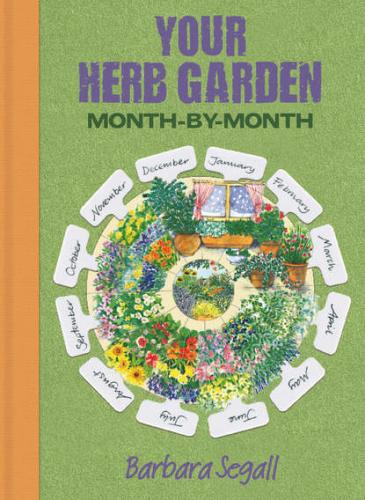set square
electric or hand drill
hammer
sandpaper
pencil and ruler or tape measure
From spring until autumn one of the main tasks of a herb gardener is managing the harvest of leaves, flowers and seeds. They can all be preserved to keep their flavour, colour and fragrance, ready for you to use in cooking or to make scented presents.
In midwinter most of the basic culinary and cosmetic herbs are dormant or still in, their seed packets. Evergreen herbs, such as thyme and bay, and those that you have potted up to overwinter on your kitchen windowsill, are best used fresh. Don’t bother to cut and dry them now. Leave the main harvest and drying time until late spring and summer.
Many herbs dry well when tied into bunches and hung from shelves or hangers in a dry, dark and well-ventilated shed or loft. However, if you plan to dry large quantities for your own use, to sell or to give as presents, you will need a suitable drying frame to hold the herbs while they dry.
The free-standing frame shown here provides six shelves, but can be adapted to suit individual needs. Give it added height by standing it on a table, for easier access to the lower shelves.
NOTE
THE SIMPLEST METHOD
Stretch a piece of garden wire across the shed or loft, fixing it at each end onto cuphooks or brackets in the walls. Peg wire coat-hangers onto the wire and tie herb bunches to the hangers.
ALTERNATIVE FRAMES
To dry herbs and flowers in bunches you need suitable hanging space. Use garden canes to construct a tent-like frame. Use two pairs of canes to make the end supports.
Rest a cane along the top and then wire as many canes as you need across the framework. The end result looks rather like an old-fashioned clothes dryer.
Later on, in spring, summer and autumn, you can dry herb leaves and flowers in various ways.
HERBS TO DRY IN BUNCHES:
Anise hyssop flowers
Lady’s mantle flowers
Lavender flowers
Lemon balm
Mint
Rosemary
Sage
Sage flowers
Thyme
HERBS TO DRY FLAT:
Bay leaves
Bergamot flowers
Chamomile flowers
Hop flowers (individually)
Lady’s mantle leaves
Lemon verbena leaves
Marigold flowers
Mint leaves
Rose blooms
Sage leaves
